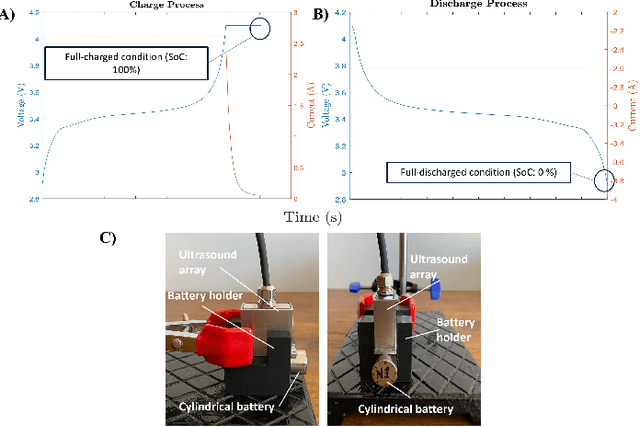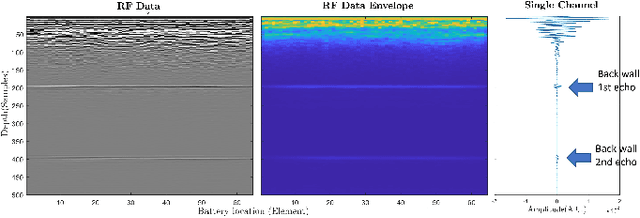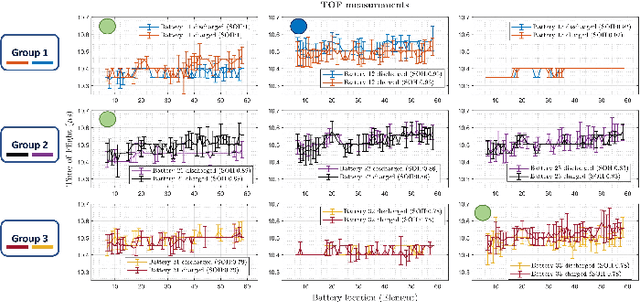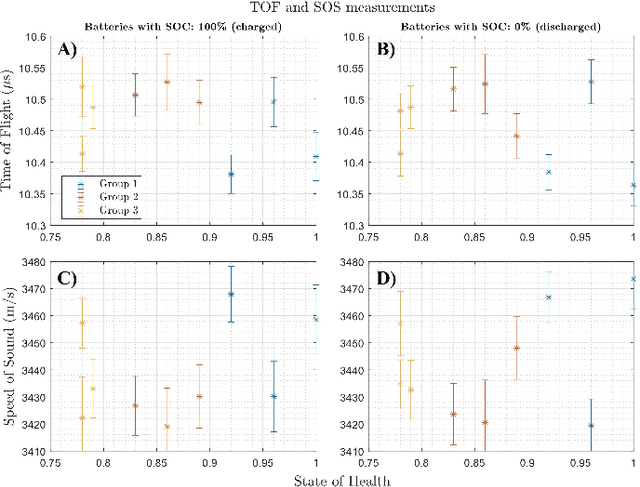Esteban Garcia-Tamayo
Machine learning benchmarks for the classification of equivalent circuit models from solid-state electrochemical impedance spectra
Feb 07, 2023Abstract:Analysis of Electrochemical Impedance Spectroscopy (EIS) data for electrochemical systems often consists of defining an Equivalent Circuit Model (ECM) using expert knowledge and then optimizing the model parameters to deconvolute various resistance, capacitive, inductive, or diffusion responses. For small data sets, this procedure can be conducted manually; however, it is not feasible to manually define a proper ECM for extensive data sets with a wide range of EIS responses. Automatic identification of an ECM would substantially accelerate the analysis of large sets of EIS data. Here, we showcase machine learning methods developed during the BatteryDEV hackathon to classify the ECMs of 9,300 EIS measurements provided by QuantumScape. The best-performing approach is a gradient-boosted tree model utilizing a library to automatically generate features, followed by a random forest model using the raw spectral data. A convolutional neural network using boolean images of Nyquist representations is presented as an alternative, although it achieves a lower accuracy. We publish the data and open source the associated code. The approaches described in this article can serve as benchmarks for further studies. A key remaining challenge is that the labels contain uncertainty and human bias, underlined by the performance of the trained models.
Noninvasive ultrasound for Lithium-ion batteries state estimation
Oct 26, 2021



Abstract:Lithium-ion battery degradation estimation using fast and noninvasive techniques is a crucial issue in the circular economy framework of this technology. Currently, most of the approaches used to establish the battery-state (i.e., State of Charge (SoC), State of Health (SoH)) require time-consuming processes. In the present preliminary study, an ultrasound array was used to assess the influence of the SoC and SoH on the variations in the time of flight (TOF) and the speed of sound (SOS) of the ultrasound wave inside the batteries. Nine aged 18650 Lithium-ion batteries were imaged at 100% and 0% SoC using a Vantage-256 system (Verasonics, Inc.) equipped with a 64-element ultrasound array and a center frequency of 5 MHz (Imasonic SAS). It was found that second-life batteries have a complex ultrasound response due to the presence of many degradation pathways and, thus, making it harder to analyze the ultrasound measurements. Although further analysis must be done to elucidate a clear correlation between changes in the ultrasound wave properties and the battery state estimation, this approach seems very promising for future nondestructive evaluation of second-life batteries.
 Add to Chrome
Add to Chrome Add to Firefox
Add to Firefox Add to Edge
Add to Edge